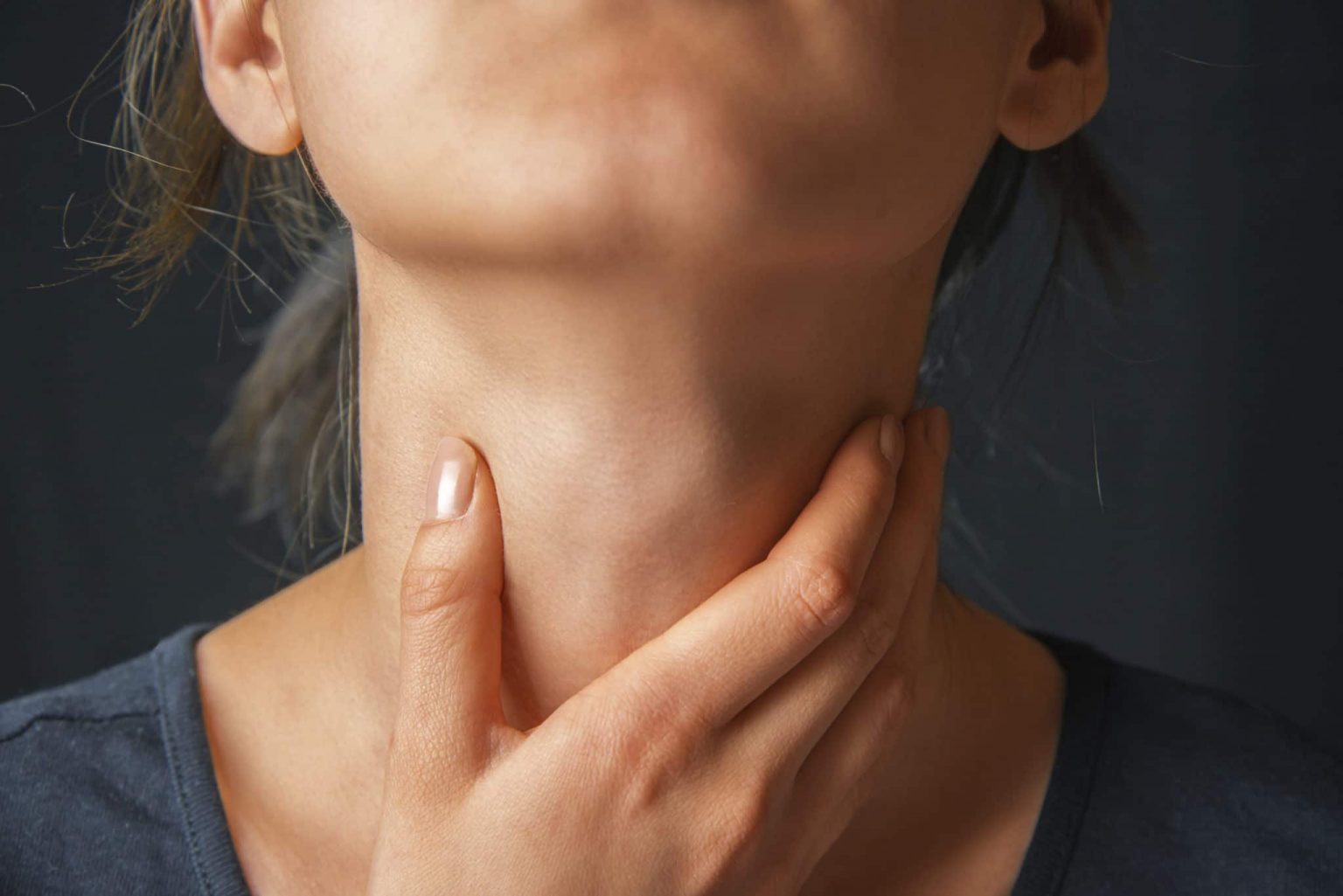
Dysphagia is the medical term for swallowing difficulties. The swallowing process begins at the lips and includes the anatomy of the mouth, throat and esophagus. The esophagus or “food tube” transfers what we swallow from the throat to the stomach. Some people with dysphagia have problems swallowing certain foods or liquids, while others can’t swallow at all.
Some signs of dysphagia include coughing or choking when eating or drinking; bringing food back up, sometimes through the nose; a sensation that food is stuck in your throat or chest; difficulties managing your own secretions. Over time, dysphagia can also cause symptoms such as weight loss and repeated chest infections.
What Causes Dysphagia?
Swallowing is a complex process and there can be many reasons for the onset of dysphagia. Swallowing difficulties are often caused by another health condition, such as:
- A condition that affects the nervous system, such as a stroke, head injury or dementia
- Cancer—that affects the anatomy of swallowing, including the mouth, throat or esophagus (food tube)
- Gastro-oesophageal reflux disease (GORD) – where stomach acid leaks back up into the esophagus or throat
- Infections—that can lead to inflammation of the tissues of the mouth/throat or lining of the esophagus
- Radiation therapy and/or surgery—for cancers or other conditions that lead to scar tissue or nerve injury
- Other anatomical conditions—eosinophilic esophagitis (EOE), Zenker’s diverticulum
- Muscular conditions—scleroderma, achalasia
- Other causes—aging, COPD
Treating Dysphagia
Treatment depends on the cause and type of dysphagia. The type of dysphagia you have can usually be diagnosed after examining your swallowing anatomy and testing your swallowing ability.
Many cases of dysphagia can be improved with treatment, but a cure isn’t always possible. Treatments for dysphagia may include speech and language therapy to learn new swallowing techniques or exercises to strengthen the swallowing muscles; changing the consistency of food and liquids to make them safer to swallow; alternative forms of feeding, such as tube feeding through the nose or stomach if necessary and if adequate nutrition is unable to be obtained by mouth. Additional treatment recommendations for swallowing difficulties may require medical management, including medications or a surgical intervention.
How To Test For Dysphagia
Depending on the suspected cause, you may be referred for further evaluation with a specialist. These specialists may include an ear, nose and throat (ENT), a speech-language pathologist (SLP), and/or a neurologist or a gastroenterologist (GI).
An SLP may perform or recommend one or both of the following instrumental swallowing tests:
1. FEES
A fiberoptic endoscopic evaluation of swallowing (FEES) is a procedure that allows the nose and upper airways to be closely examined using a very small flexible tube known as an endoscope.
The endoscope is inserted into your nose so the specialist can look down your throat and upper airways. It has a light and camera at the end, so images of the throat can be viewed on a television screen. This allows any blockages or problem areas to be identified.
While the endoscope is positioned in your throat, you will be asked to swallow a variety of different consistencies in order to more carefully assess the swallowing anatomy and function as it relates to your symptoms.
Before the procedure, you may have a decongestant and topical anesthetic spray into your nose to make it more comfortable. The test does not cause gagging or retching, and the procedure is safe and usually only takes a couple of minutes to complete.
2. VIDEOFLUOROSCOPY
A videofluoroscopy, or modified barium swallow, is another effective way of assessing your swallowing ability and finding exactly where the problem is. This test is performed by an SLP, usually in conjunction with a radiologist, in a radiology suite, either inpatient or outpatient. The X-ray machine, called a fluoroscope, records continuous images while you swallow a variety of different consistencies that are mixed with a liquid called barium that show up on X-rays. This results in a recording of a moving X-ray that can be studied in detail by the SLP.
Depending on the results and findings of initial assessments, other tests that may be recommended include barium esophagram, esophagogastroduodenoscopy (EGD), manometry/24-hour pH study and nutritional assessment among others.
Call St. Cloud Ear, Nose & Throat for more information or to schedule an appointment. (320) 252-0233